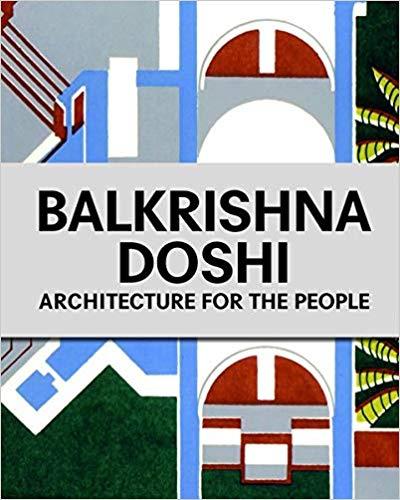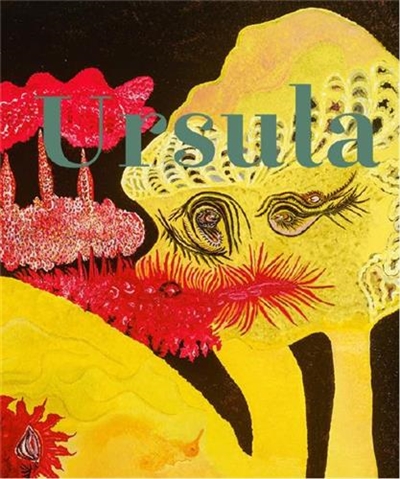par Ben Laden, Oussama
Verso
2005 -
-
Disponible - 320.541 BEN
Etage 3 - Sciences sociales - Politique
Résumé : Despite the saturation of global media coverage, Osama bin Laden’s own writings have been curiously absent from analysis of the “war on terror.” Over the last ten years, bin Laden has issued a series of carefully tailored public statements, from interviews with Western and Arabic journalists to faxes and video recordings. These texts supply evidence crucial to an understanding of the bizarre mix of Quranic scholarship, CIA training, punctual interventions in Gulf politics and messianic anti-imperialism that has formed the programmatic core of Al Qaeda. In bringing together the various statements issued under bin Laden’s name since 1994, this volume forms part of a growing discourse that seeks to demythologize the terrorist network. Newly translated from the Arabic, annotated with a critical introduction by Islamic scholar Bruce Lawrence, this collection places the statements in their religious, historical and political context. It shows how bin Laden’s views draw on and differ from other strands of radical Islamic thought; it also demonstrates how his arguments vary in degrees of consistency, and how his evasions concerning the true nature and extent of his own group, and over his own role in terrorist attacks, have contributed to the perpetuation of his personal mythology. - Note de l'éditeur

 Les bibliothèques de la ville de Paris
Les bibliothèques de la ville de Paris
 Les bibliothèques universitaires
Les bibliothèques universitaires
 La BnF
La BnF
 L'encyclopédie Wikipédia
L'encyclopédie Wikipédia
 L'Encyclopædia Universalis
L'Encyclopædia Universalis
 La bibliothèque du film
La bibliothèque du film
 La médiathèque de la Philharmonie de Paris
La médiathèque de la Philharmonie de Paris













